Renting and driving motorbikes in Vietnam is popular among foreign tourists, but it is important to be aware of regulations to ensure safety and compliance with the law.
Mr. Tuan Hung, representative of a unit specializing in motorbike tours in Ho Chi Minh City, said that foreign tourists often rent motorbikes to travel within the city or for long trips through the provinces when traveling in Vietnam.
Traffic in Vietnam is quite different, renters who do not know the law or skills can be fined or have accidents. Mr. Hung shares 6 things customers should keep in mind if they want to travel by this means of road.
Prepare documents
In tourist destinations such as Hanoi , Da Nang, Ho Chi Minh City, Hoi An, Nha Trang, there is no shortage of places to rent motorbikes. Tourists looking for reputable rental shops can refer to reviews on Google Maps or travel advice sites such as TripAdvisor .
To rent a car, you need to have documents including the original passport or a notarized copy. The driving license requires a valid International Driving Permit (IDP) or a driving license converted to the corresponding Vietnamese driving license. If you only have a driving license from another country, you may have trouble when your documents are checked.

Car rental deposits are usually between 500,000 VND and 2 million VND. Visitors should not leave their original passports at the car rental shop; if requested, a notarized copy can be used. Original passports should be carried with you at all times or kept in a safe at the hotel.
Travelers should ensure their travel insurance covers motorcycle accidents. Some insurance companies will not pay out if they do not have a valid driving license.
Choose the right vehicle
Scooters or manual transmission vehicles are popular options for short-term rentals, traveling less than 100 km. Scooters are easier to maneuver in crowded areas. Manual transmission vehicles are often more fuel-efficient, making them suitable for long-distance trips.
Large displacement motorbikes are suitable for long journeys and difficult terrain. If renting a motorbike over 175cc, visitors need to have a class A2 driving license, the IDP must clearly state the right to drive large displacement motorbikes.
Scooters cost about 120,000-200,000 VND to rent; manual transmission motorbikes cost 80,000-150,000 VND to rent; large displacement motorbikes cost from 800,000 VND per day.
Travelers should carefully check the rental contract and read clearly the terms of responsibility for repairs in case of vehicle breakdown or accident.
Before picking up the car, visitors need to check the front and rear brakes, lights, horn, turn signals, and rearview mirrors. The car usually has a small amount of gas left, visitors need to refill it immediately after renting. Take photos of the car before renting to avoid being asked to pay for existing damages.
When driving
Many foreign tourists comment that traffic in Vietnam is "chaotic", especially in big cities with high traffic density.
Tourists driving should pay attention to large vehicles such as buses and trucks, which often do not yield; stay in the correct lane. Avoid driving at night in poorly lit areas or mountain passes.
Tourists should buy gasoline at official gas stations, avoid buying retail on the roadside because it can be diluted.
If stopped by the police for a vehicle inspection, remain calm and polite. If you do not have a valid driver’s license, you may be fined.

Obey traffic laws
Vietnamese law requires helmets when riding motorbikes, so visitors should choose a good quality one.
When moving, you need to drive on the right side of the road. The speed limit in the city is about 40-50 km/h, outside the city is about 60-80 km/h depending on the area.
Do not run red lights or enter restricted lanes. Pedestrians, bicycles and other vehicles may appear unexpectedly from alleys or intersections. Slow down at intersections or stop.
In some areas, large vehicles such as trucks or buses tend to have "right of way" and should give way to ensure safety.
Tourists should pay attention to hand signals as many local drivers use their hands to signal instead of using turn signals.
Emergency situation
When the car breaks down, tourists can call online car repair service, search for roadside shops or call the rental company for support.
In case of a traffic accident, visitors need to stay calm, take photos of the scene and call 113 (police) or 115 (emergency).
If you don't want to get into legal trouble, try to resolve the matter on the spot, but don't admit fault if the cause is unclear.
Practical experience
Travelers should fill up early as some rural or mountainous areas have few gas stations. Always fill up your tank before traveling long distances.
Avoid restricted areas. In large cities, some lanes or roads are reserved for cars only, and driving a motorbike the wrong way can result in a heavy fine.
Pay attention to the weather. The rainy season in some tourist destinations lasts from May to October, making roads slippery. If you are not used to it, avoid driving in heavy rain.
Keep personal belongings safe. Do not leave purses or valuables in the front basket of your bike, as they may be stolen.
Source














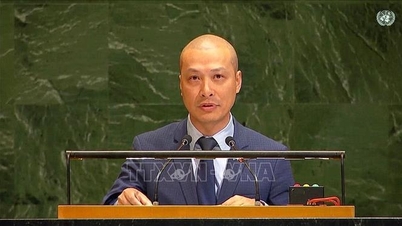
![[Photo] Hanoi morning of October 1: Prolonged flooding, people wade to work](https://vphoto.vietnam.vn/thumb/402x226/vietnam/resource/IMAGE/2025/10/1/189be28938e3493fa26b2938efa2059e)






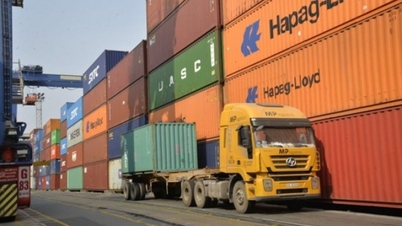

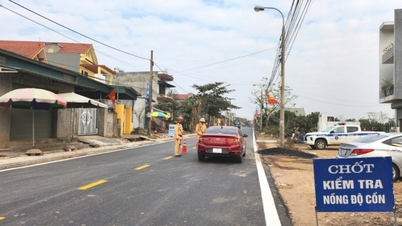
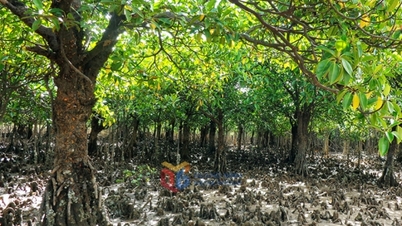




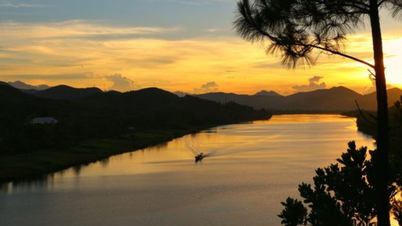


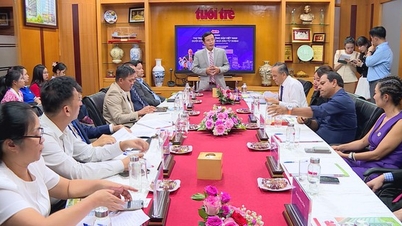
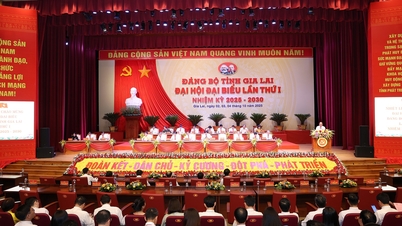
















































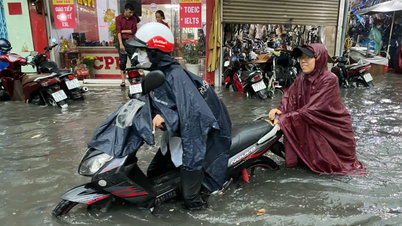

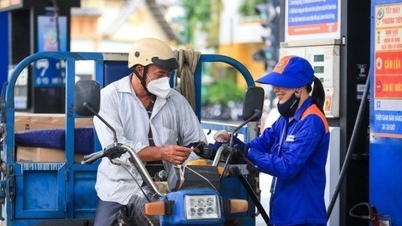



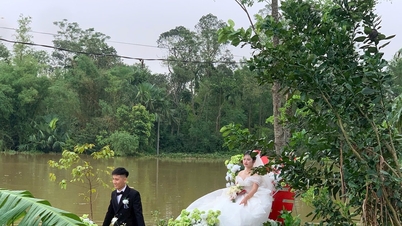

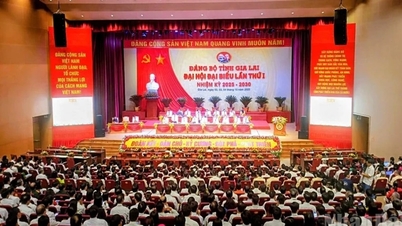














Comment (0)